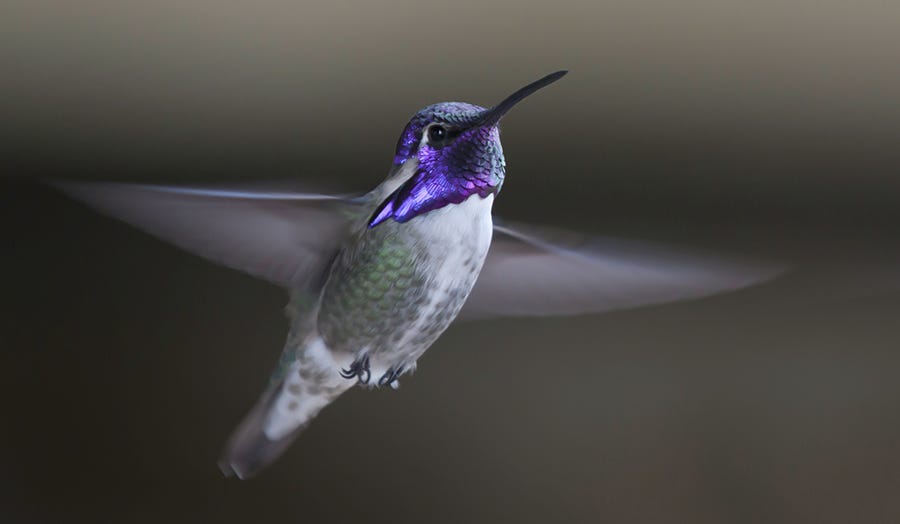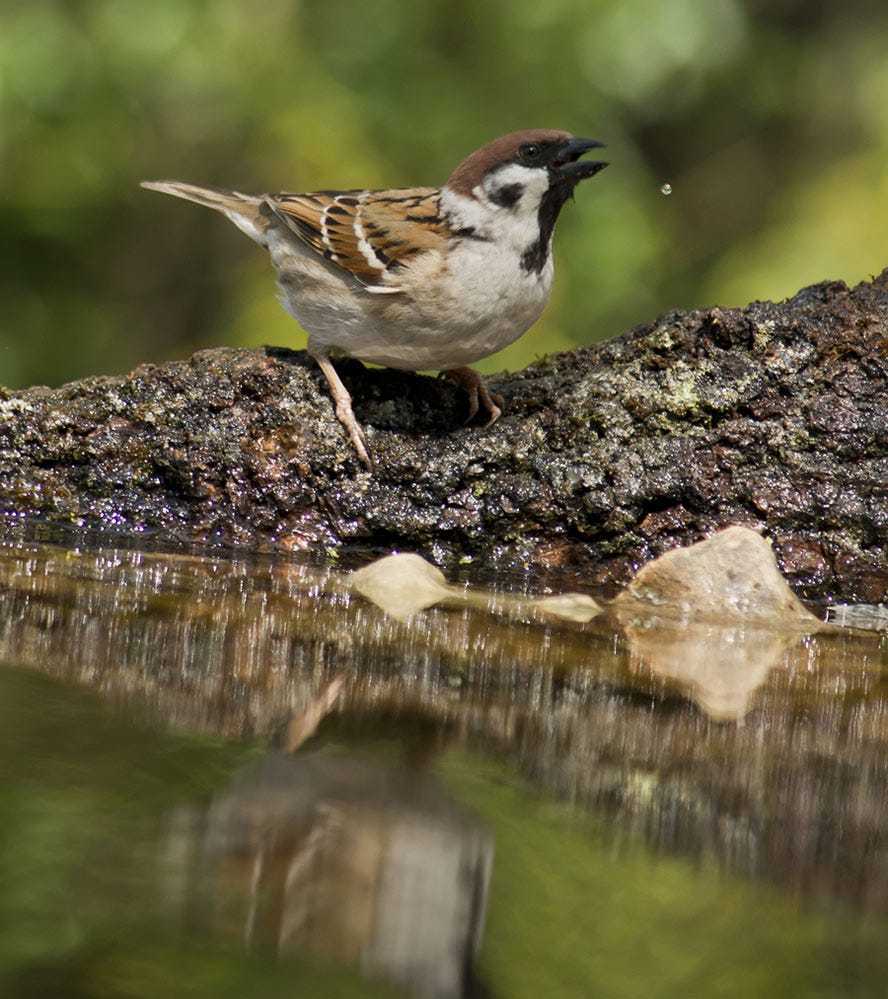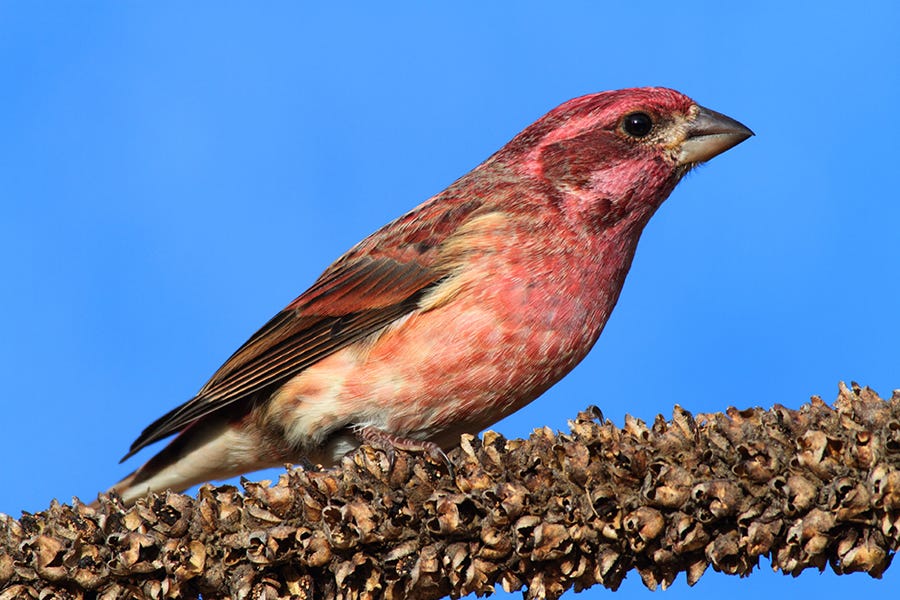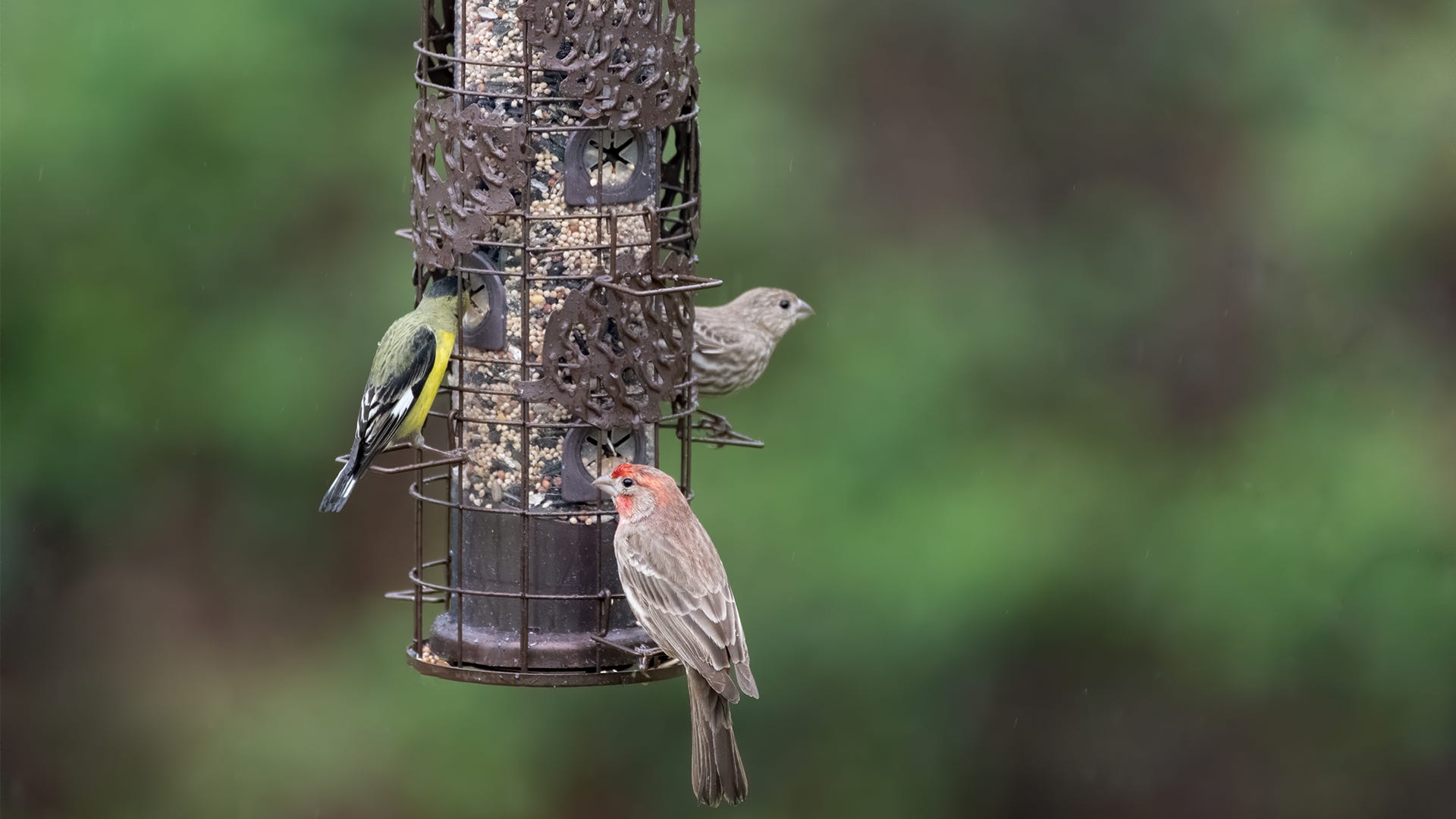When you first notice the brilliant yellow and black colors of a small bird at one of your feeders in your yard, all you can do is admire it. However, when you learn that the bird is an Evening Grosbeak, you’ll know that a simple tube feeder with black-oil sunflower seeds will keep that grosbeak coming back. Identifying the birds that visit your yard can make you a better host. By knowing their habits and preferences, you can offer them the feeders and foods they like best.
A bird guide or field guide is a logical place to start when you want to identify a mystery bird. Additionally, there are a number of websites you can visit to help you learn the species of birds you’ve been viewing. Our Wild Bird Library is a great place to start for a quick reference on the most common backyard visitors.
However, turning through page after page of your typical field guide can be an overwhelming and time-consuming task. The same goes for looking through dozens of web page photos!
Here are some ideas to help you gather the facts about the mystery bird. By studying the bird outside your window, you can gather the information you need to identify a bird:
Size
Compare the bird you’ve spotted to birds you know already. Is this bird larger or smaller than a robin or a sparrow? This may help you decide between similar species.
Most bird guides and reference sites provide the average size range for the birds they feature. To help you gauge how big your feeder bird is, know the basic measurements of your bird feeder and guess its size based on that.

Color
Pay attention to the overall color, but also the colors of different body parts.
- What color is its back?
- What color is its underside?
- What color is its head?
- What color are its wings and tail?
Tail
The tail can be the main giveaway to the bird’s identification. It can help you tell the difference between types of sparrows, swallows or other look-alikes.
- Is the tail long, stubby or in between?
- Does the tail have a deep fork or notch in the middle?
- Is the tip of the tail pointed, rounded or square?
Surroundings
Where birds hang out can also be a good indicator to their identity. Shy sparrows stay in the brush or grass. Field birds want more open spaces and woodpeckers are always hanging from a tree or branch. You can check this information in the Habitat section of your reference guide.

Your location
As you search for your bird ID, remember that certain bird species have very defined ranges and rarely leave them. Considering the range is a huge help to narrow down your search.
The bird above, for example, is a Eurasian Sparrow. In North America, this sparrow has a very small range centering around St. Louis! Why? Because it's a species from Europe that was introduced in the 1800s. Its North American population hasn't exactly flourished, but it is stable in the St. Louis area.
Field Marks
Field marks are details that can seal the deal on your bird’s identification. Field marks are the distinctive patterns, stripes, spots, and colors a bird has. These certainly can make it much easier to zero in on your mystery bird. Here are a few questions to consider.
- Are there streaks or dots on its breast and/or belly?
- Are there thin stripes or wide bars on its wings or tail? Is it a single bar or two bars?
- Does the tail have a different colored band at the tip?
- Is there a stripe or distinct ring at the eye?
The Purple Finch at the bottom of this page is an example of how field marks can help you determine a species. The Purple Finch has a similar coloration to the House Finch. The way to tell them apart is their field marks. The Purple Finch has a deeper colored band that extends from the eye to the back of its head.
Of course, this is a lot of information to take notice of in the minute or two that the bird sits at your feeder or bushes. If you’re not comfortable relying on your memory, keep a digital camera nearby to snap a quick photo of the mystery bird. You’ll then have a fresh image to refer to as you search your bird guide.









